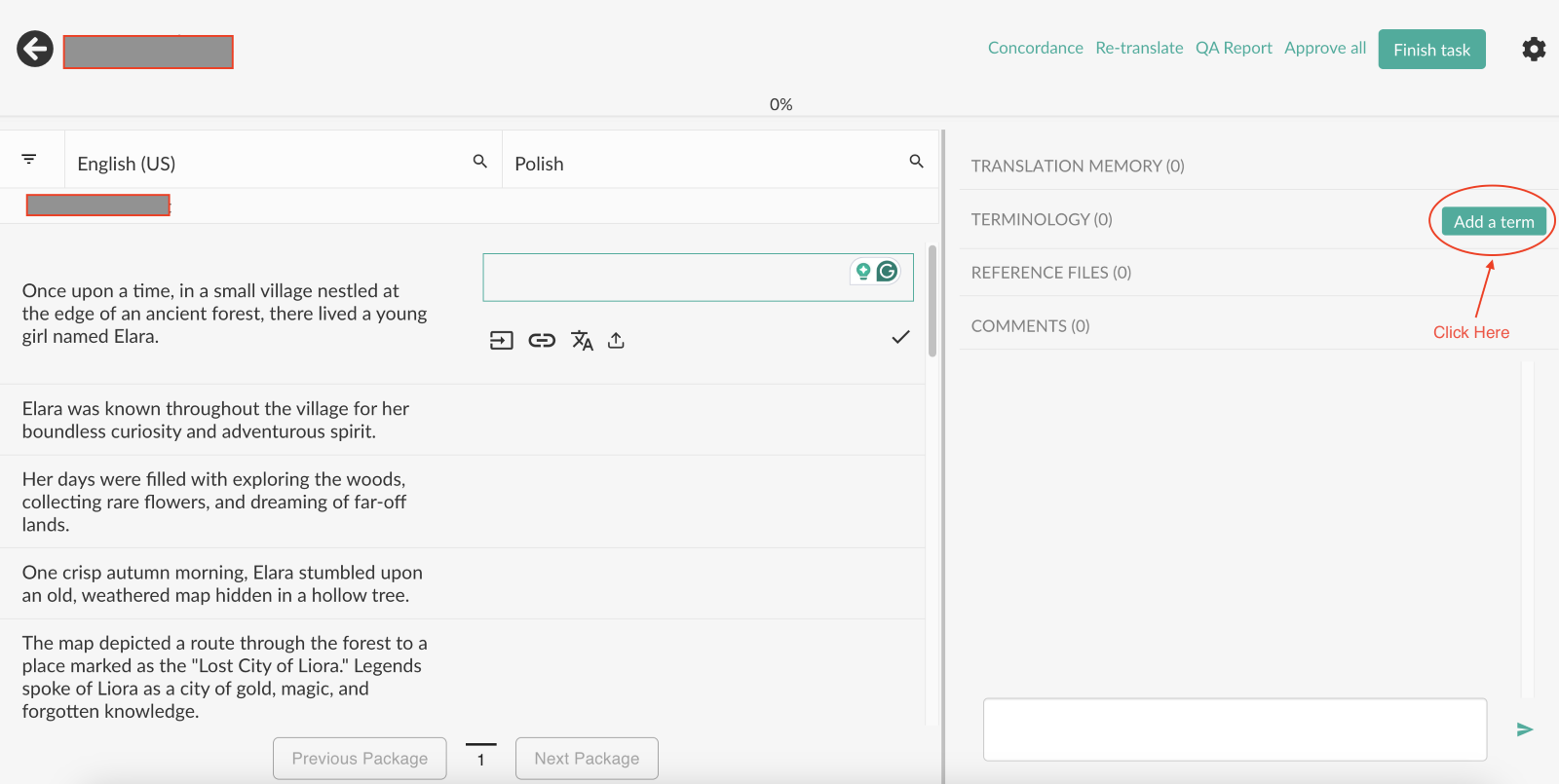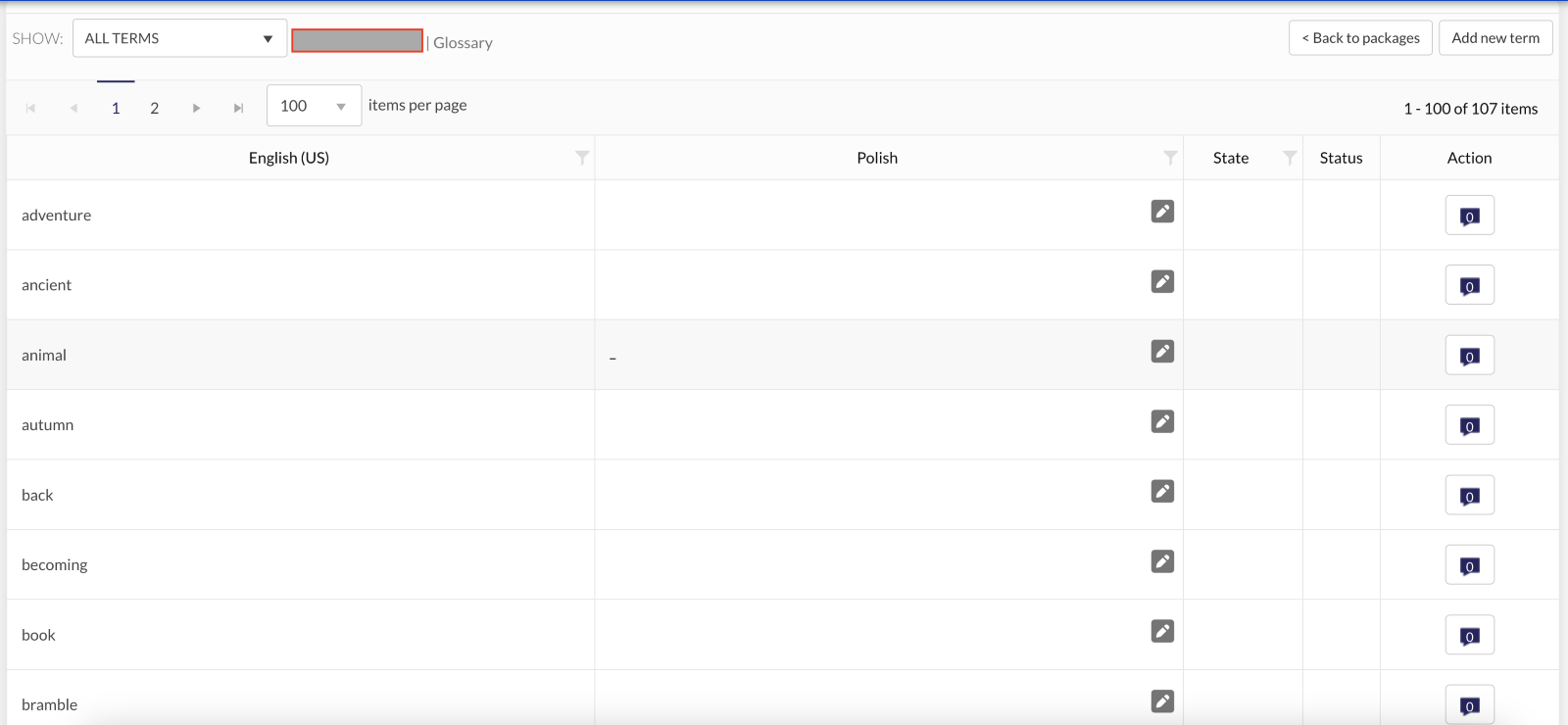Is your brand message getting lost because different words are used for the same thing? Inconsistent terminology use might be the problem.
Terminology management helps keep your brand voice clear and consistent across different languages and regions during content authoring and translation.
So, how can you achieve this? It starts with creating, standardizing, and maintaining key terms for your business. Tools like TextUnited make the process a whole lot simpler.
In this guide, I’ll explain what terminology management is, why it’s important for your business, and the top five reasons why multilingual terminology is essential for your B2B digital product!
What is Terminology Management, and Why Should You Care About It?
Terminology management is the process of creating, organizing, and maintaining a set of terms that are consistently used across all communication channels. Think of it as a glossary that your entire business follows to keep everyone speaking the same language—no matter where they are or what language they’re using.
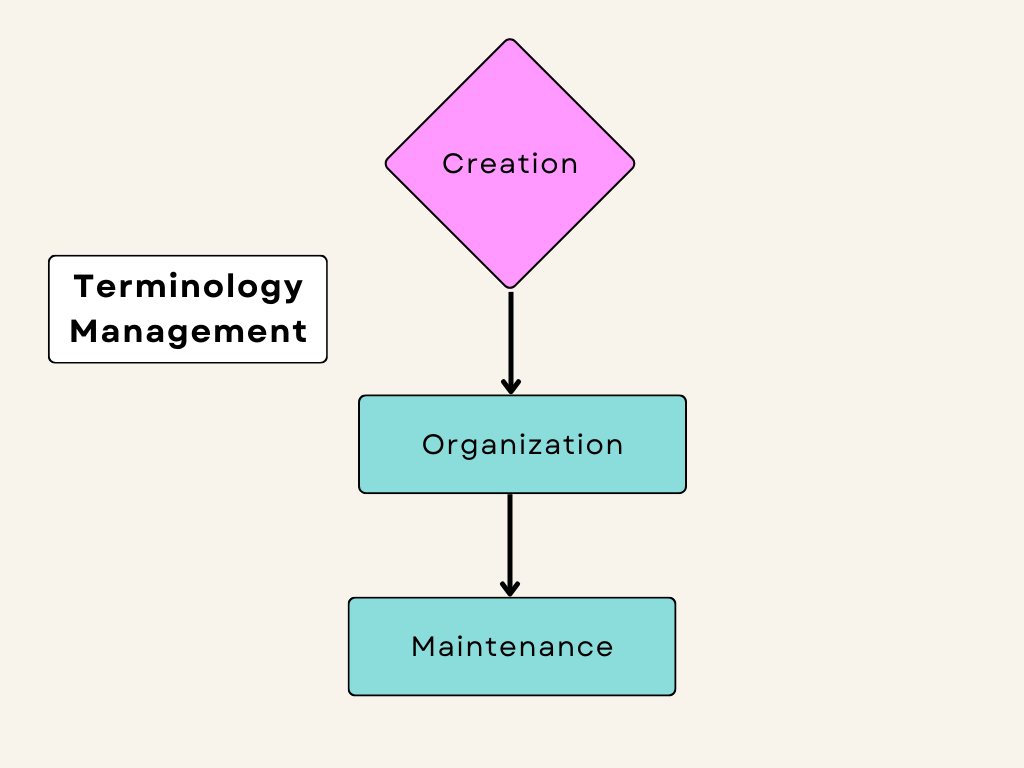
Why is Terminology Management Important for Businesses?
Using consistent terminology is important for several reasons:
- Clarity: It helps everyone understand what you’re talking about, whether they are employees, customers, or partners.
- Brand Image: Consistent terms make your brand look more professional and trustworthy and ensure your brand’s message stays crystal clear.
- Efficiency: It reduces the time spent on correcting misunderstandings and errors.
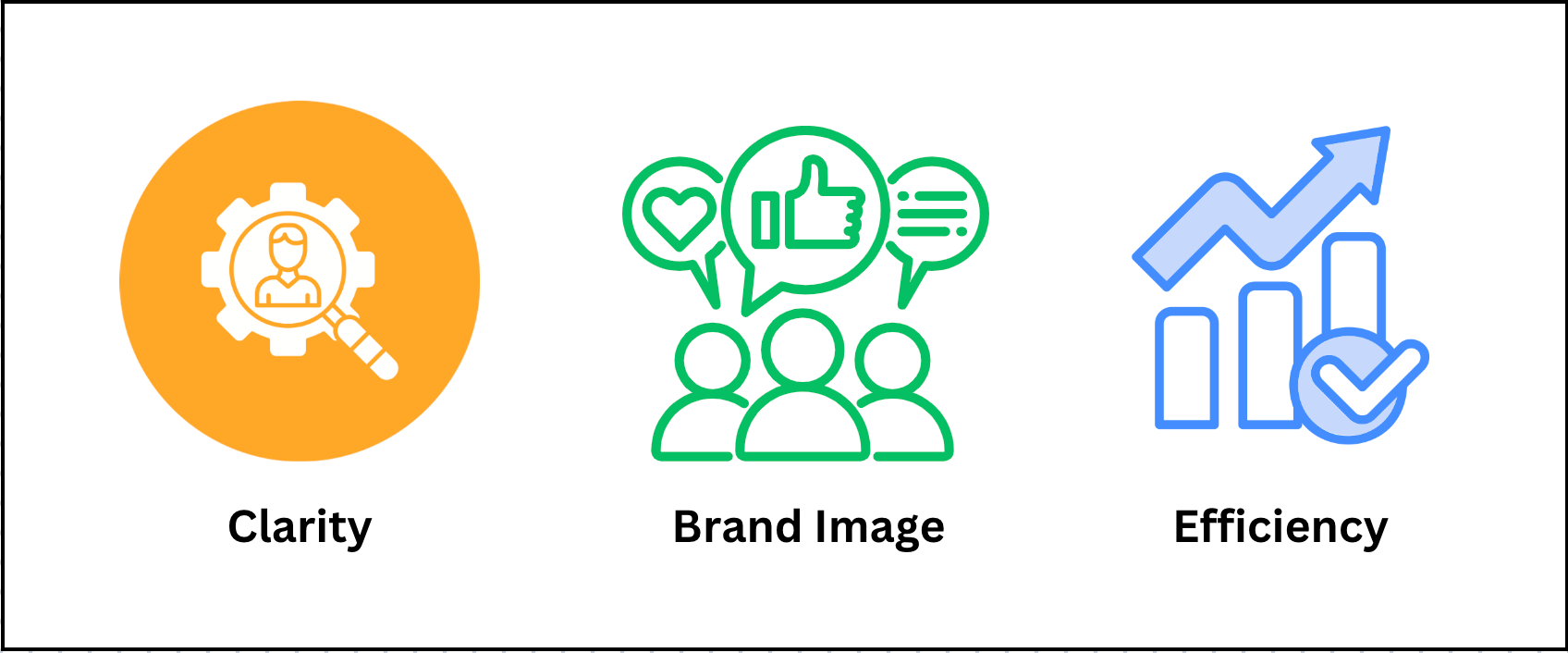
Key Components of Terminology Management
There are three key components involved in terminology management:
- Term Creation: This involves creating new terms that are clear and precise.
TextUnited’s Term Creation tool - Standardization: Ensuring that terms are used uniformly across all documents and platforms.
Showing terms added within TextUnited’s platform - Maintenance: Regularly updating the terminology database to include new terms and remove outdated ones.
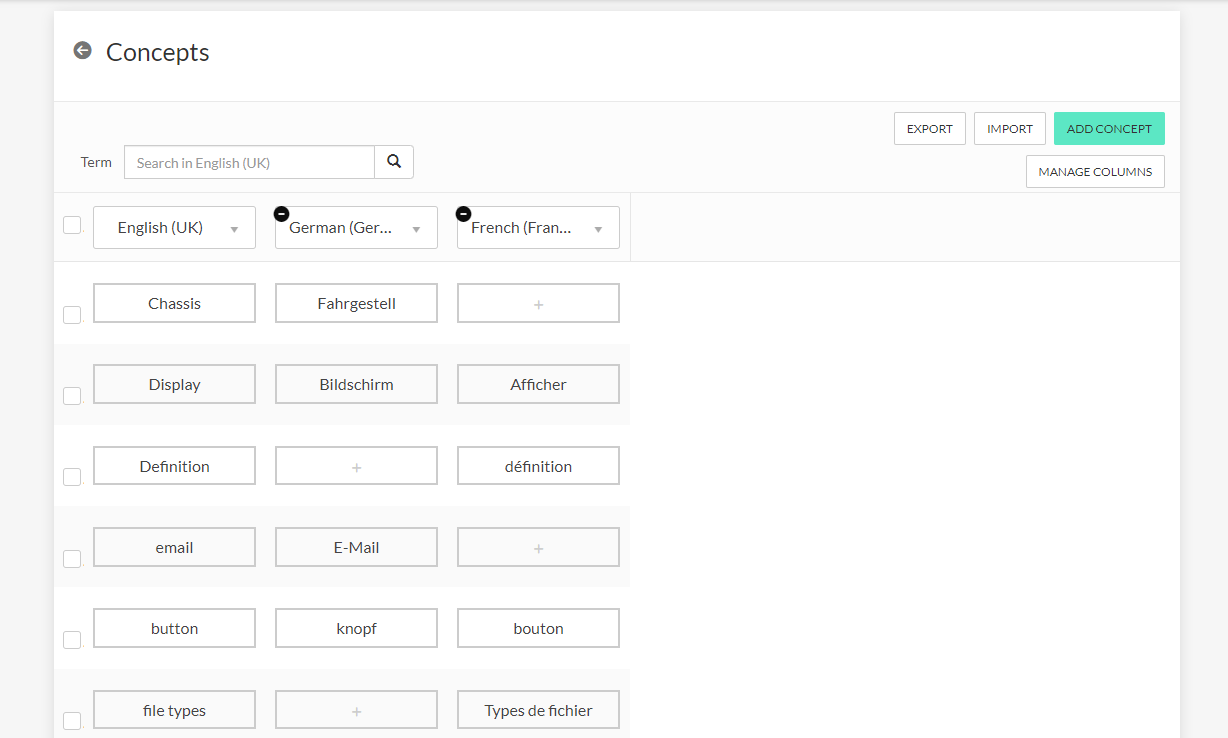
Check out this step-by-step guide on managing your terminology and why it’s essential.
Why Multilingual Terminology is Essential for Your B2B Digital Product
A situation where your company uses different teams for the same thing can be very confusing and affect your brand and operations. You lack unified multilingual terminology, which you highly need for your B2B Digital Product. Let’s see more reasons why.
Keeping Your Brand Consistent
Using the same terms across all your platforms and languages will help keep your brand image clear. This will also make your company look more professional and trustworthy.
Picture a scenario where your company’s product names differ in each region. Your customers will be confused, and your brand recognition will suffer. But if you manage to use terminology consistently, you will ensure that your brand is recognized and trusted worldwide.
See this illustration below showing brand consistency in a sample company’s product name called “EcoClean”, used the same in different languages:
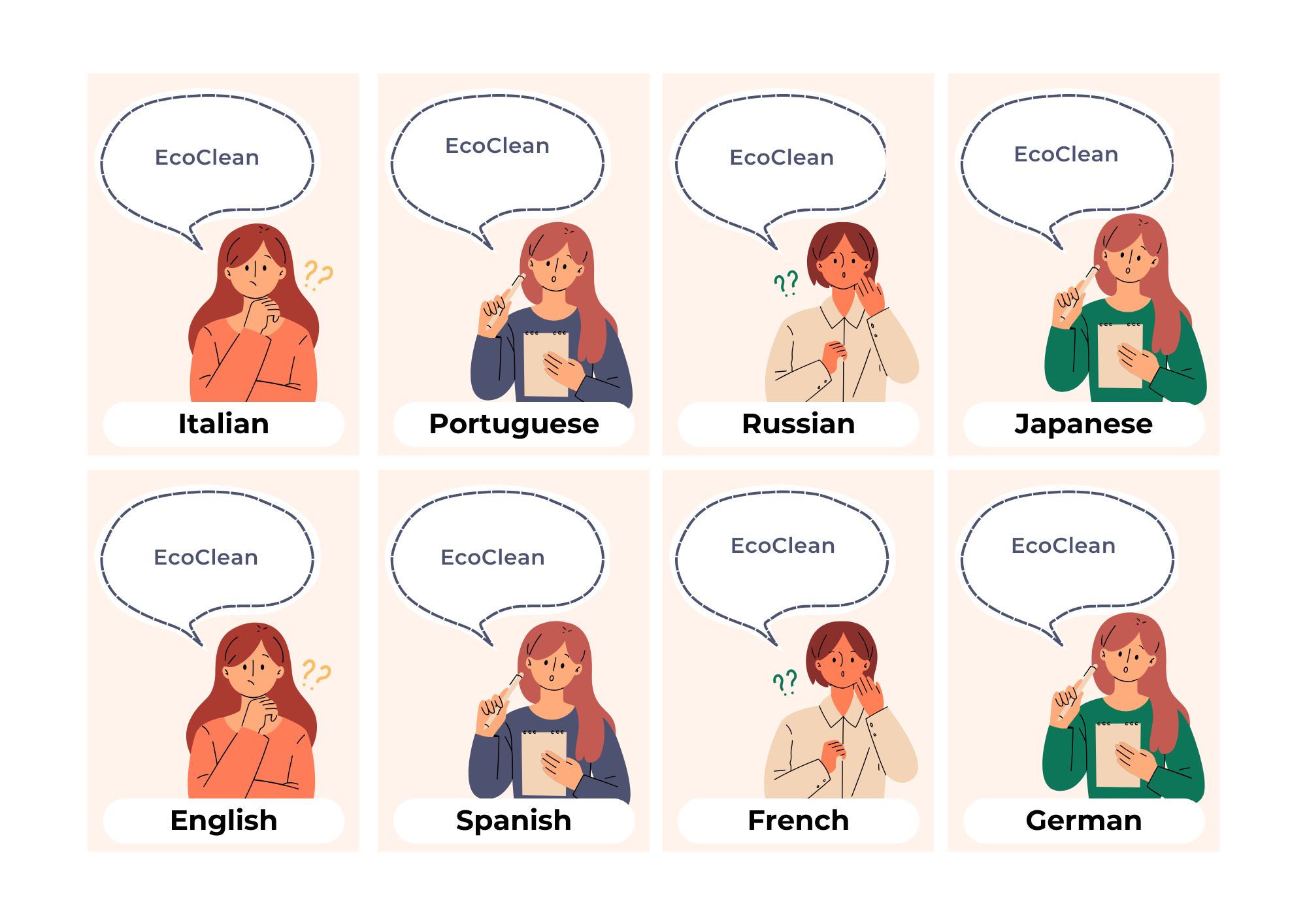
Making Things Clear for Users
A situation where your company uses different terms for the same feature in your user manual, interface, and customer support will confuse and frustrate your users. You certainly do not want that, so you need to standardize your terminology. In doing that, your users will be able to understand your products better and have a better experience with them.
See, for example, this user manual, one having an inconsistent terminology and the other having a consistent terminology:

Avoiding Legal Issues and Keeping Users Safe
In the manufacturing equipment field, for instance, just a single mistranslation of terms like “safe ladder” as “rescue ladder” can result in improper use, which can cause accidents or injuries.
So, accurate terminology is essential to avoid such drastic scenarios.
It ensures that your products are used safely and precisely how they should be used and also complies with legal standards. Accurate terminology is also essential in the medical field and equally crucial across many other fields like military gear and similar.
Making Your Internal Processes Smoother
Your company might be working with teams in different countries on the same project, and if the terminology used is inconsistent, it can cause misunderstandings and even errors. But if you ensure everyone uses the same terms, you help smooth the internal processes and reduce the time spent correcting mistakes.
Reaching a Global Market
You want your brand message to be clear and understood by customers worldwide. For instance, if your company is multinational and you use key terms consistently in your product descriptions, marketing and customer support , it makes it easier for customers in different countries to understand and engage with the brand, leading to higher sales and customer satisfaction.
How Inconsistent Terminology Can Hurt Your Brand
Picture this Scenario:
Your company has just launched a new software product. You’re excited and expect great reviews. But soon, the customer support lines are buzzing, and the feedback isn’t what you hoped.
What went wrong?
The user manual for your software product refers to a key feature called the “Power Button.” But you have the software interface calling that same key feature something like “Start Button”, and then your customer support also calls it an “ON/OFF switch”.
Now, your users are left scratching their heads, confused and frustrated. Because they can’t figure out which button to press, their frustrations turn into negative reviews and a loss of trust in your brand.
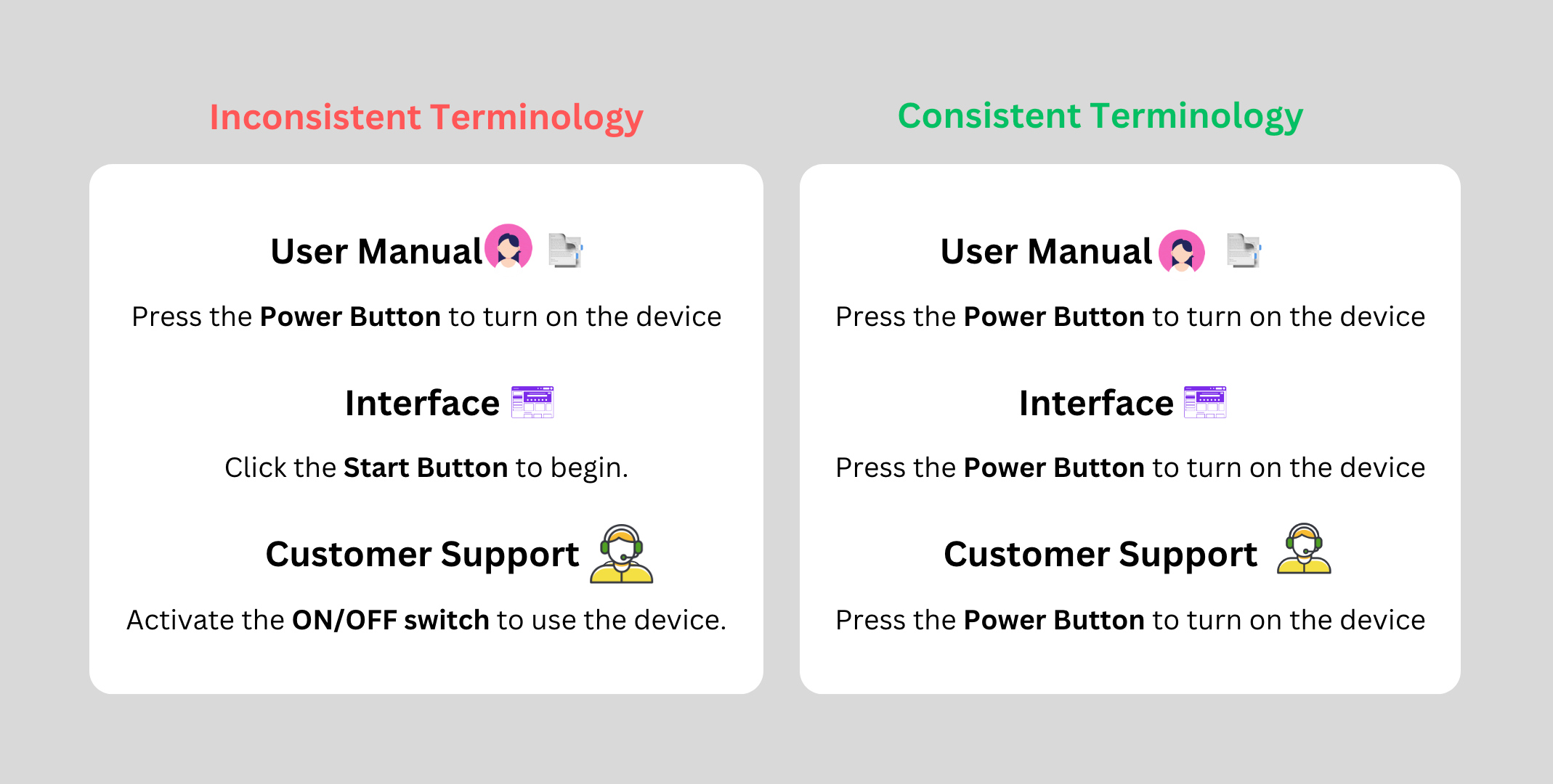
This example or scenario shows how inconsistent terminology can negatively affect your brand. To list a few of the effects of this negative impact, your brand and users may suffer from things like:
- User Confusion: Because you’re using different terms for the same feature, you would only expect your users to get confused. As a result, your product can have a poor user experience and reduced customer satisfaction.
- Decreased Brand Trust: Your brand will look unprofessional and unreliable when you use inconsistent terms because your customers will question the quality and consistency of your products or services.
- Legal and Safety Risks: When incorrect terms are used, it can result in the misuse of products and cause potential harm to users. For example, this is especially critical in industries like healthcare and manufacturing. If care is not taken, inconsistent terms can cause serious legal and safety risks like incorrect usage of drugs, which can cause adverse health effects, leading people to sue the company or take legal actions against the company, and this can damage the company’s reputation.
To show you a real-world scenario that shows the dangers of using inaccurate or inconsistent terminology. Look at this story from NPR:
The Willie Ramirez Incident

In 1980, an 18-year-old baseball player, Willie Ramirez, was taken to a South Florida hospital in a coma. His family used the word “intoxicado” to describe his condition, which in Spanish means that he ingested something harmful.
But the interpreter translated it as “intoxicated”, so this made the doctors diagnose his illness as a drug overdose, which was, in fact, not the case! This misinterpretation delayed his correct diagnosis, which was brain bleeding. You can imagine how bad this got. Unfortunately, Ramirez became quadriplegic.
This case in 1980 and many others that must have occurred even in recent years show the importance of consistent or accurate terminology, especially in the medical setting.
What is TextUnited’s Approach to Terminology Management?
One way your business can maintain consistent use of terms across all translation projects is through terminology management. The good thing is you have access to a tool like TextUnited, which can manage your terminology. Let’s quickly look at the approach TextUnited uses to ensure that your key terms are translated the same way every time.
Check out this step-by-step guide on managing your terminology and why it’s essential.
Project-Level Management
What happens here is what we call “Glossary creation”. When you start a translation project within TextUnited, TextUnited will automatically generate a glossary for your project-specific terms. You may wonder what this glossary is used for. The glossary helps maintain consistency within the project and makes key terms accessible to translators, proofreaders, and project managers.
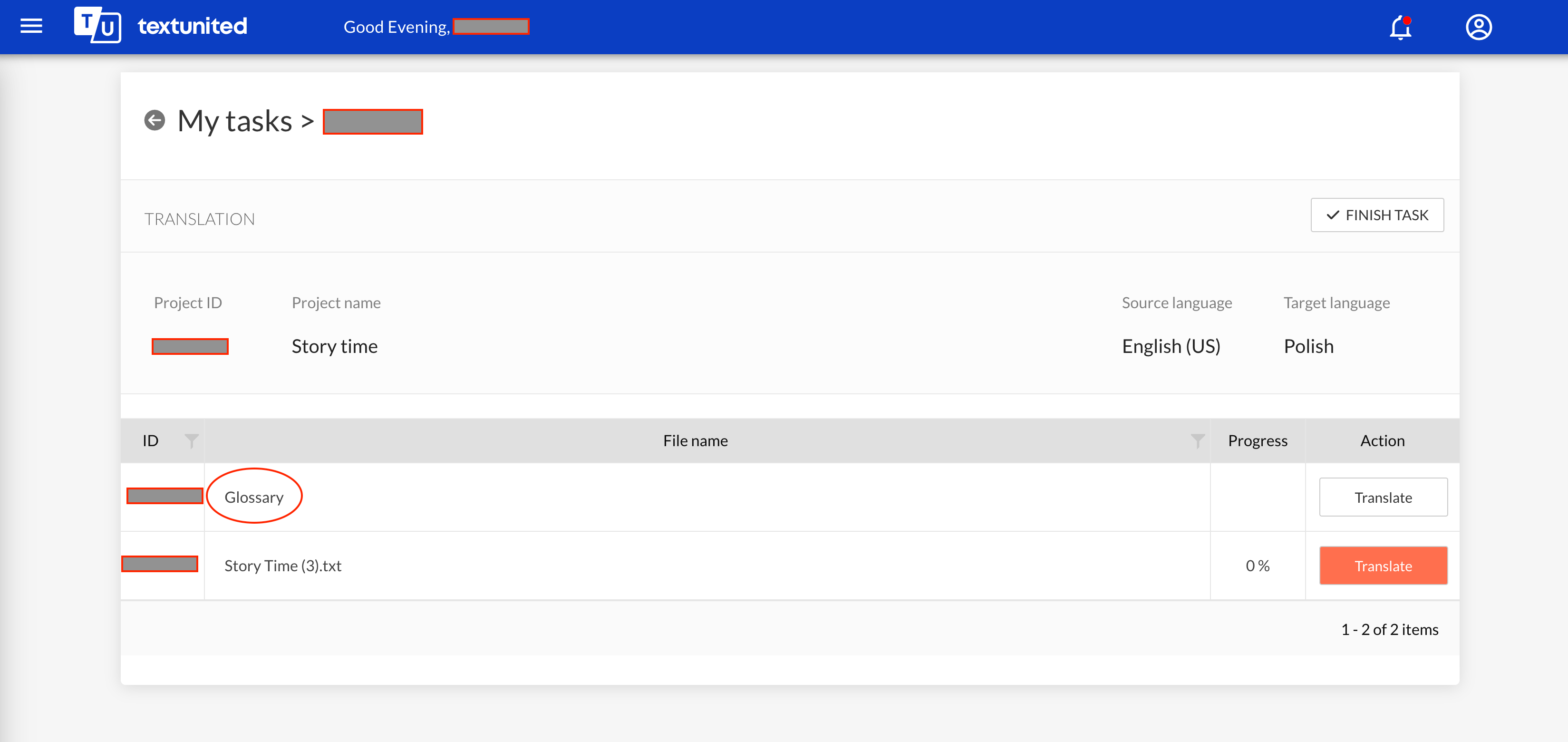
Account-Level Management
At the account level, you can manage terminology across all projects. This involves importing and exporting your terminology files, adding new terms and standardizing terms across your organization. This is what we call Concepts management in TextUnited.

Also, TextUnited has a QA (Quality Assurance) feature that flags incorrect or inconsistent translations during the review phase to ensure that all the terms are used consistently.
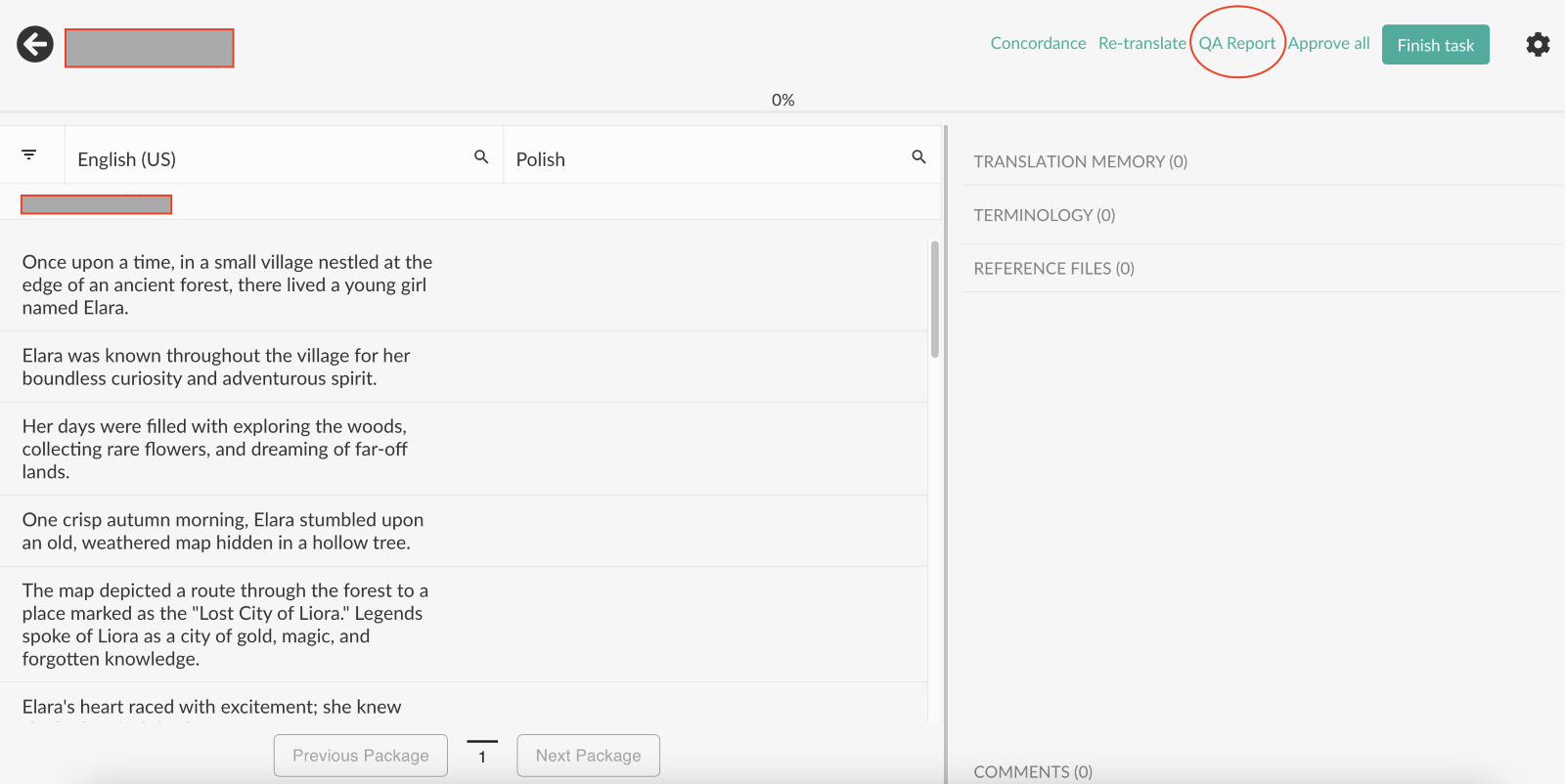
You’ll see something like this when you use this QA feature:
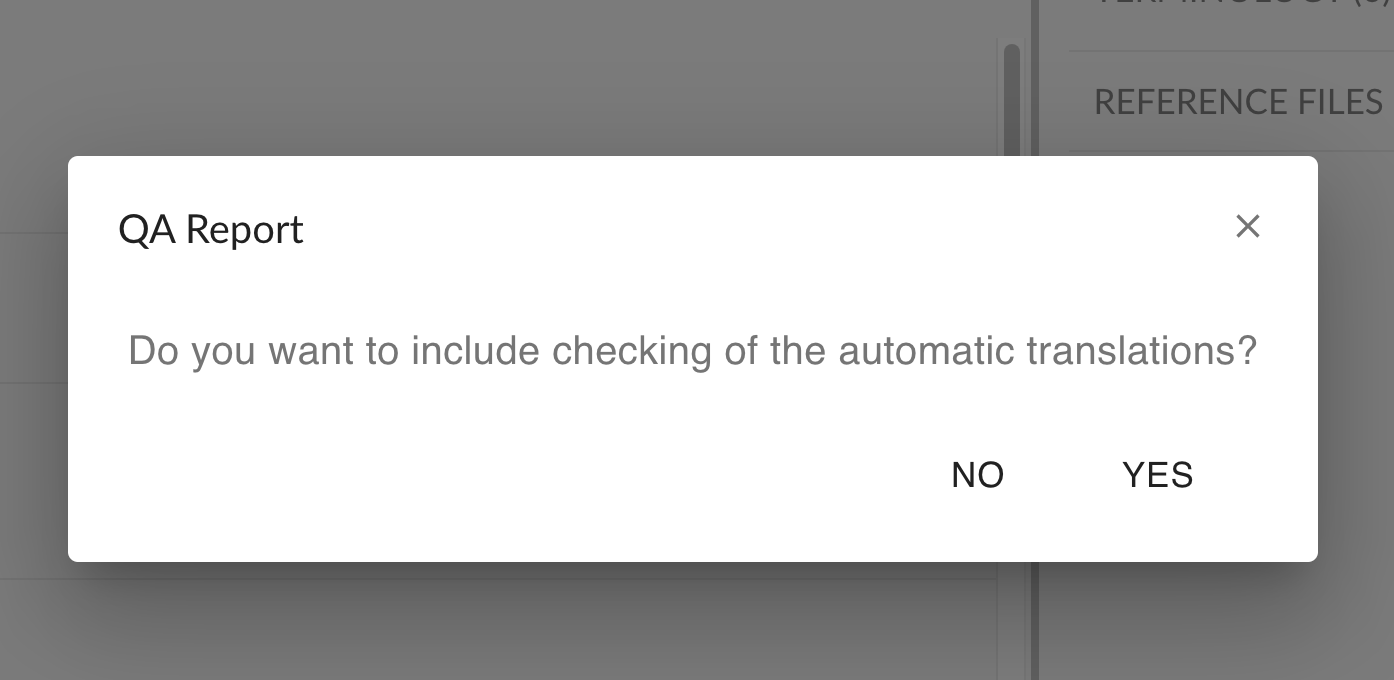
Integration and Automation
TextUnited proposes terms from your glossary and terminology database to help you maintain consistency as you translate. You can add new terms directly during translation to make them immediately available for the current project and future use.
What’s Next?
Think of a better situation now where your team is always on the same page, your customers are never confused, and your brand’s message is always clear, no matter the language. All this is within your reach now to gain successful brand recognition.
Take advantage of TextUnited’s management tools to use your terms consistently, reduce errors, and improve the quality of your translations. Sign up and get your free trial, or book a demo today if you have more complex needs. To get started on terminology management, read this guide to gain strong brand recognition strategies!

